Honda’s new E-Clutch employs two motors to directly operate the clutch, engaging and disengaging it on the clutch-release shaft.

Subscribe to our Telegram channel for instant updates!
The introduction of new technology in motorcycles often leads to a divide between enthusiasts who embrace progress and those who fear the added complexity and potential unreliability. Honda’s upcoming E-Clutch, set to feature in its future production models, aims to bridge this gap by automating the clutch system without disrupting traditional mechanical components.
Riders who are wary of computer intervention can opt to deactivate it. Since the original mechanical linkage remains intact, the clutch will function as usual. Even in cases of electrical or component failures, the system’s original manual operation can be restored. When operational, the Honda E-Clutch offers a range of possibilities. It can transform a regular bike into a semi-automatic vehicle and add advanced features like launch control and anti-stall capabilities.
Although Honda has revealed little about the E-Clutch, examining patents and released images provides insights.
The system can be easily fitted to motorcycles with standard cable or hydraulic clutches. It requires minimal modifications, primarily a new clutch cover housing the E-Clutch system and an Electronic Control Unit (ECU) to interact with the bike’s electronics.
Mechanically, the E-Clutch employs two electric motors connected to reduction gears, housed in a pod attached to the clutch cover. These motors act on the clutch release shaft, allowing the system to engage and disengage the clutch electronically.
The patents indicate that this system could be incorporated into bikes such as the updated CB650R or the upcoming CB1000 Hornet. It offers power ranging from 150 to 160 horsepower.
The E-Clutch’s applications are diverse, enabling automatic clutch engagement and disengagement, smooth gear changes, and preventing stalls. It can operate in various modes, adjusting the clutch’s behavior, and potentially interfacing with the throttle to maintain smooth operation. Honda has also explored using the E-Clutch to enhance fuel efficiency by automatically stopping the engine when coasting downhill and restarting when torque demand increases.
Despite these advancements, riders who prefer simplicity have the option to disable or manually override the E-Clutch. This provides riders with a choice between automated convenience and traditional manual control.



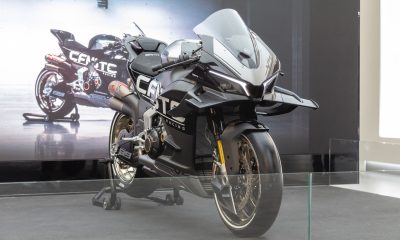

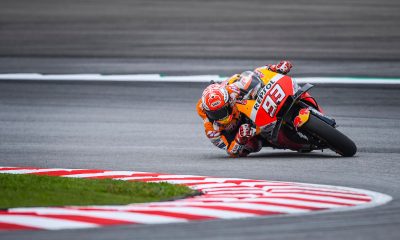





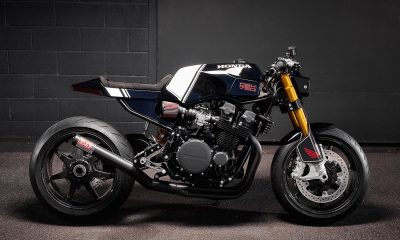

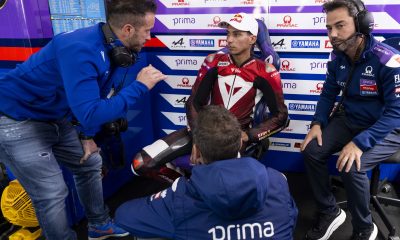


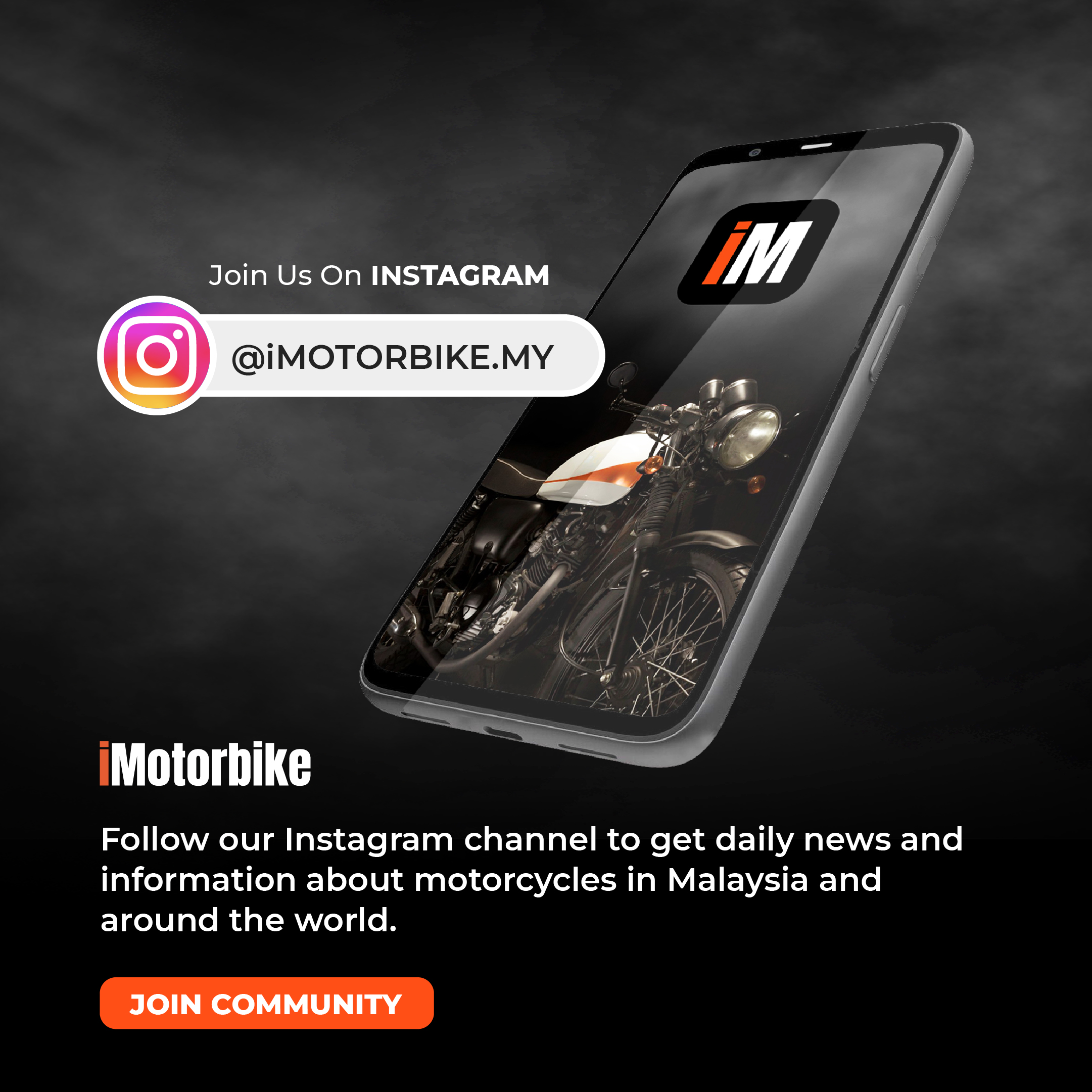














Facebook
Instagram
X (Twitter)
YouTube
LinkedIn
RSS